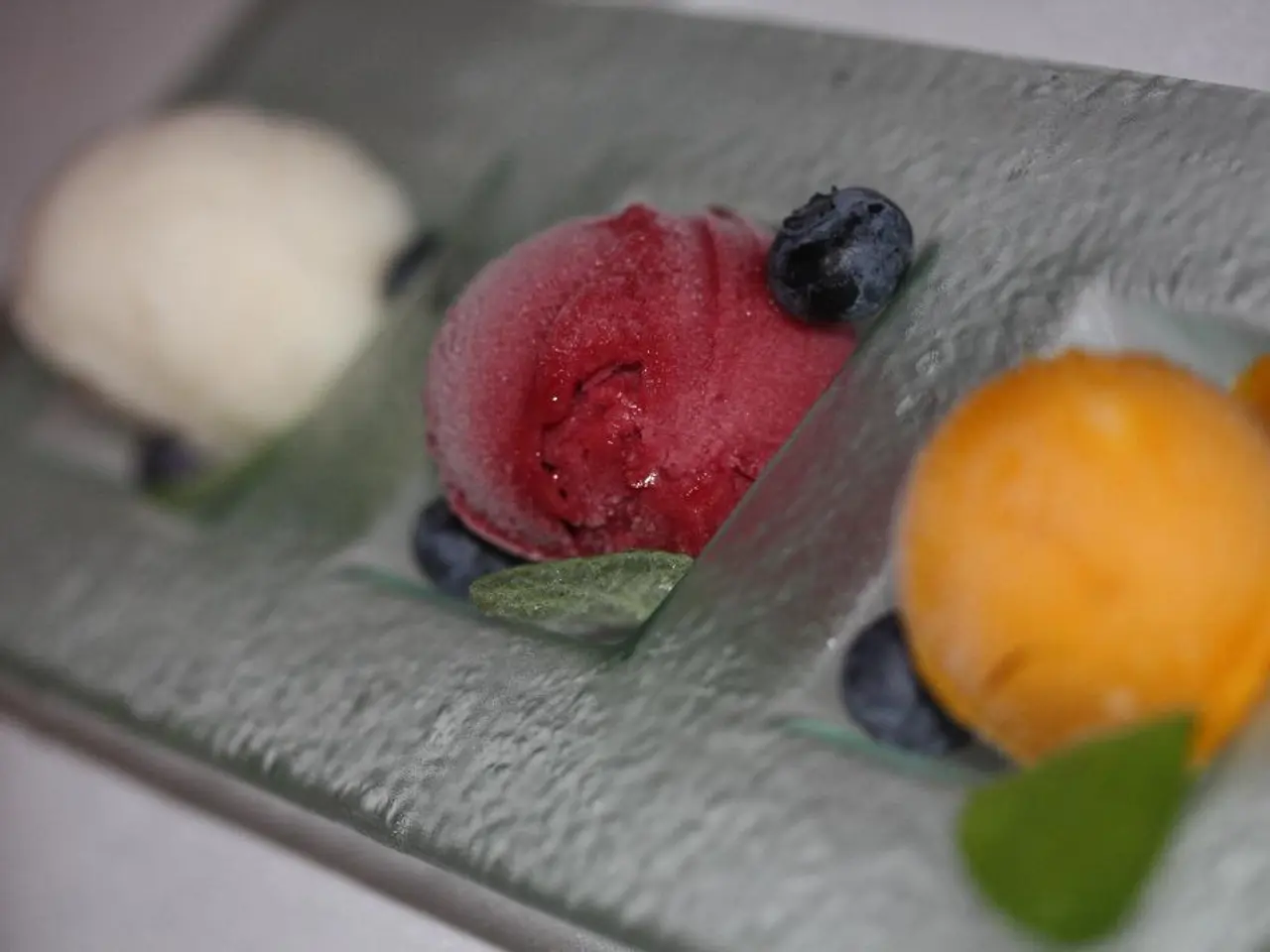Tokyo marks a native Mexican plant as a landmark
In a rare and captivating spectacle, the pita agave, a native plant of Mexico, is currently flowering at Hibiya Park in Tokyo, Japan. This monocarpic succulent, with its distinctive growth pattern, is a sight to behold as it reaches the end of its life cycle.
The pita agave, scientifically known as Agave americana var. Pita, grows slowly for many years as a rosette of succulent leaves with sharp terminal spines and fibrous interiors. It is a slow grower, often taking several decades before blooming, a phenomenon known as monocarpism.
When the pita flowers, it sends up a tall flowering stalk called a quiote, which can reach heights of up to 8 meters (about 26 feet). This year, the quiote in Hibiya Park has already reached its full height, with the first petals appearing on July 14, 2023. The flowers themselves are 7 to 10 centimeters long, green and yellow, and their pepals are 3.5 cm long.
After flowering and seed production, the original agave rosette dies, but not before producing rhizomatous suckers (offsets or pups) at its base. These suckers then grow into new plants, continuing the life cycle vegetatively. The pita agave typically produces offsets, making clonal propagation possible.
The pita agave has a rich history, with records dating back to 1960 in Hibiya Park. This plant in Tokyo is more than 60 years old, making its flowering a once-in-a-century event.
The pita agave is not just a spectacle in Japan. It is also found in other countries such as the South of the United States, Spain (in Alicante, Barcelona, Valencia, Mallorca, Ibiza, Formentera, and Girona), and its native regions like Tamaulipas, San Luis Potosí, and Nuevo León in Mexico.
Interestingly, local agave producers in San Luis Potosi are venturing into the production of natural sweeteners. Meanwhile, Jose Cuervo is producing bio-straws from agave.
As the pita agave in Hibiya Park continues to bloom, it serves as a reminder of the beauty and uniqueness of the natural world. The Fourth edition of the Agave Festival will take place in Mazatlan on February 7 and 8, 2024, offering another opportunity to celebrate this remarkable plant.
[1] Agave americana var. Pita: Life Cycle and Growth Pattern. (n.d.). Retrieved from https://www.agave-info.com/pita-agave/ [2] The Agave Plant. (n.d.). Retrieved from https://www.agave-info.com/agave-plant/ [4] The Agave Plant: From Seedling to Flowering. (n.d.). Retrieved from https://www.agave-info.com/agave-plant-growth/
Read also:
- Long-Term Prescription Drug Impact on Brain Function
- Benefits, sources, and supplements for Vitamin D and its role in addressing osteoporosis
- Diabetes Management during Pregnancy: Keeping Tabs on Blood Sugar Levels and Lifestyle Adjustments
- Life Expectancy with Interstitial Cystitis: Exploration of Research, Treatment Methods, and Additional Information








